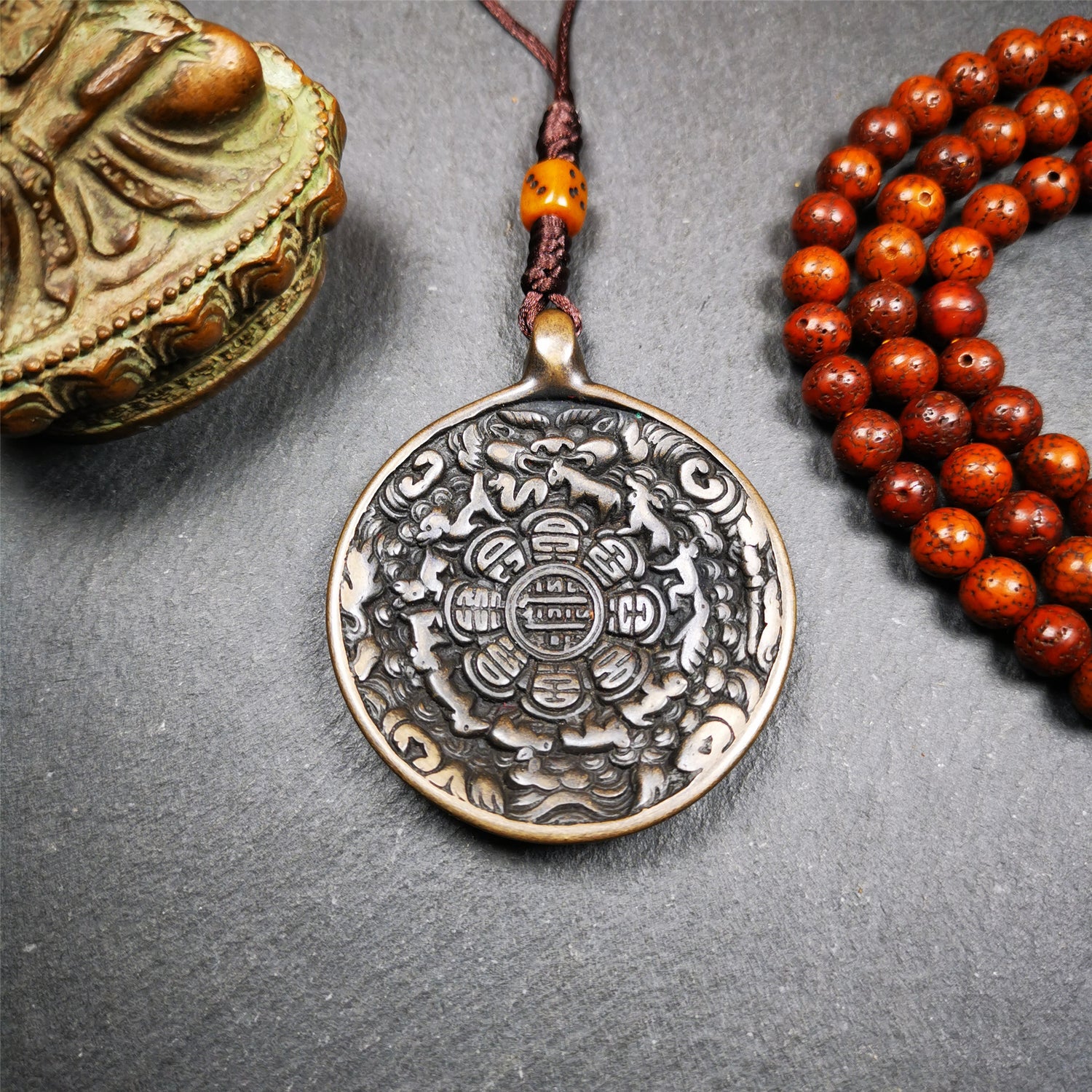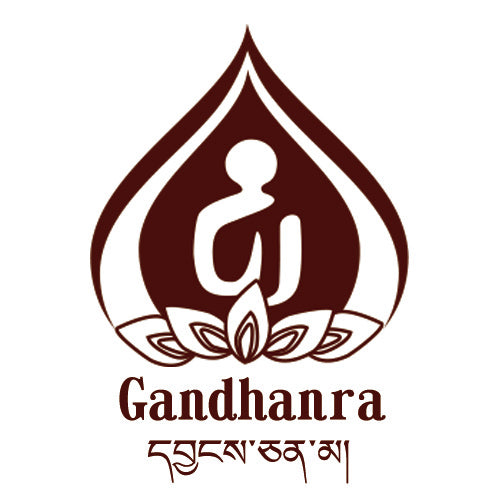1
/
of
10
Gandhanra Coffin Incense Burner Holder with Storage,Handmade Tibetan Architecture,Potala Palace Style ,Tibetan Ethnic Crafts For Home Decor
Gandhanra Coffin Incense Burner Holder with Storage,Handmade Tibetan Architecture,Potala Palace Style ,Tibetan Ethnic Crafts For Home Decor
⏱Vintage:
☞Handmade:
⚒Materials:
☲Size:
Regular price
$129.99 USD
Regular price
Sale price
$129.99 USD
Unit price
/
per
Couldn't load pickup availability
❤EXQUISITE HOME DECOR
Handmade wooden incense burner, reflecting the classic Tibetan architectural structure and color, better decorate your living room, or office, meditation room.You can even put the figure on it.
The roof is carved with the six-character mantra of Tibetan Buddhism (Om Mani Padme Hum), the chimney on the roof, and the 6 windows on the wall, all of which are vents, which can better distribute the fragrance, and also reflect the characteristics of Tibetan houses. The breath of life,-cooking smoke
❤PERFECT FUNCTION
1. Exquisite Tibetan-style architectural decorations;
2. The internal double-layer structure, the upper layer is the incense burner, and the lower layer is the incense stick storage box;
3. It can be used for incense sticks, and cone incense (note that fireproof materials must be placed on the bottom when cone burning)
❤All our crafts are directly handmade by small craftsmen in Tibet with love and prayers.
When you buy this handicraft, it will help and support Tibetan artisans and their families. Thank you very much for your support.
❤Details
Material: wood, solid wood base, paint
Regional characteristics: Tibet
Theme: Potala Palace
Production process: 100% handmade, assembled and colored
size:
House: 28cm in length, 8.5cm in width and 11cm in height
Incense Burner (suitable for incense sticks): 26cm long, 6.5cm wide, 3cm high
Incense Holder storage: length 25cm, width 6.5cm, height 4cm
Weight: 400g
Package includes: 1 * tissue box
❤About Tibetan architecture
Tibetan architecture is influenced by China and India, but it has many unique characteristics due to its adaptation to the cold and generally arid high-altitude climate of the Qinghai-Tibet Plateau. Buildings are usually made of locally available building materials and are often decorated with symbols of Tibetan Buddhism.
Religious buildings are divided into two main types: temples, used for religious ceremonies and worship; and stupas (Chörtens), which are sacred objects and symbols. The styles of temples (gompas) are diverse and usually reflect local architectural traditions. The designs of Tibetan stupas are varied, from round walls in Kham to square walls in Ladakh.
Generally, Tibetan buildings are constructed from natural materials such as stone, clay, and wood. The bottom of a wall made of stone or rammed earth may be up to one meter thick. In large buildings such as temples and manors, the walls tilt inward to create the illusion of higher. Windows are usually small because the walls are heavy and large openings can make the structure fragile and unstable.
❤Notes
1. It is customized, and it takes about 3-5 days to complete and ship.
2. Due to manual measurement, please allow an error of 1-2mm.
3. The color may be different due to different displays.
Before you bid, make sure you don’t mind.
View full details





















